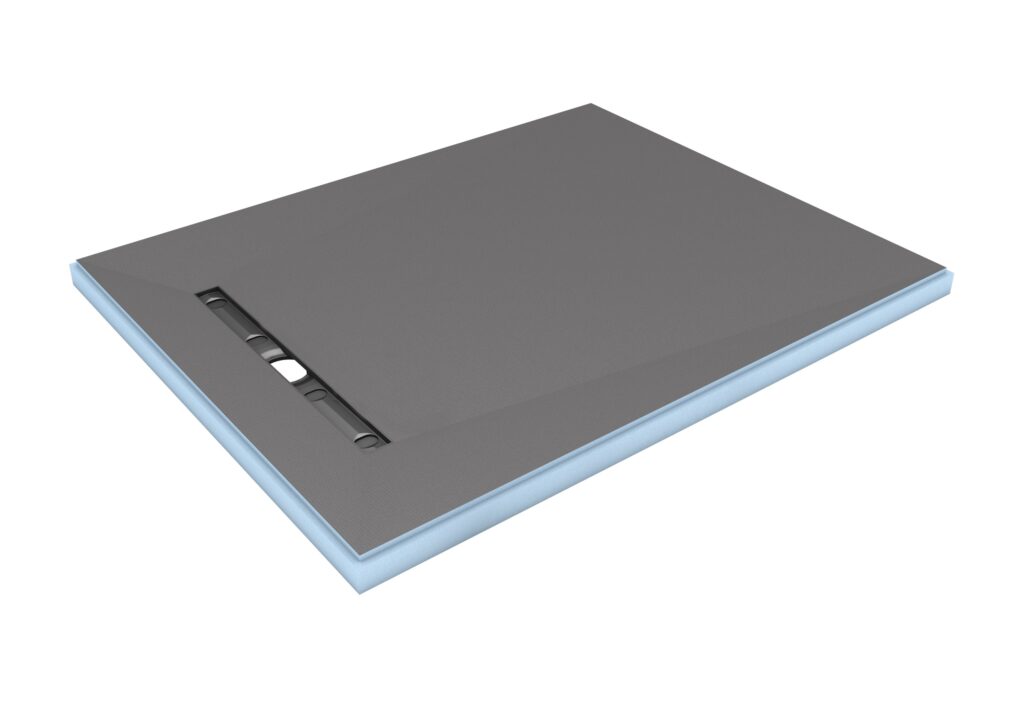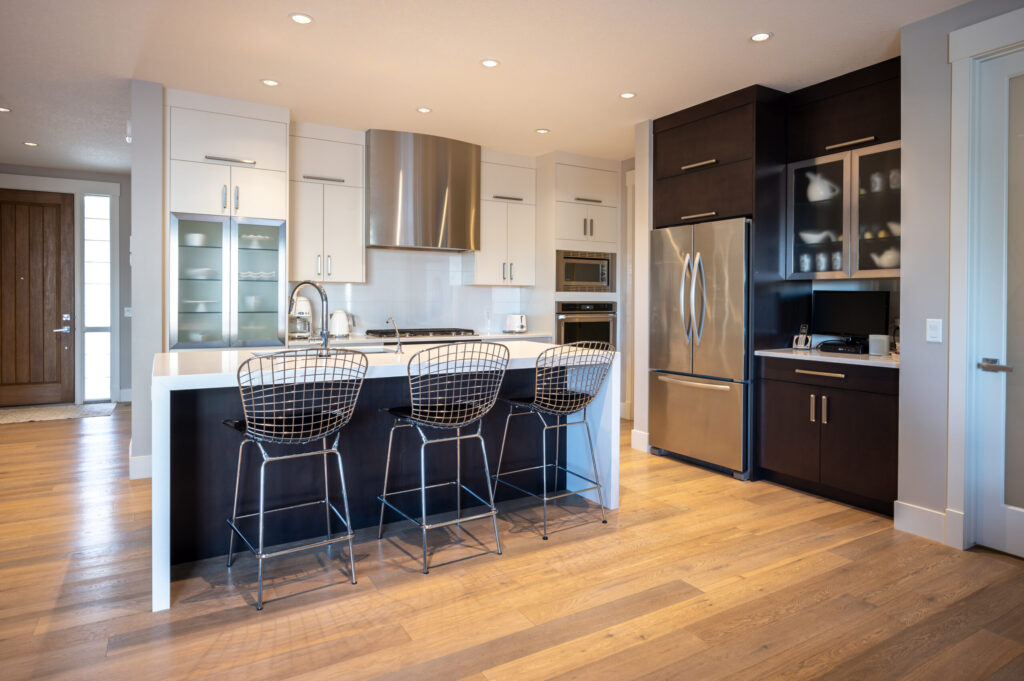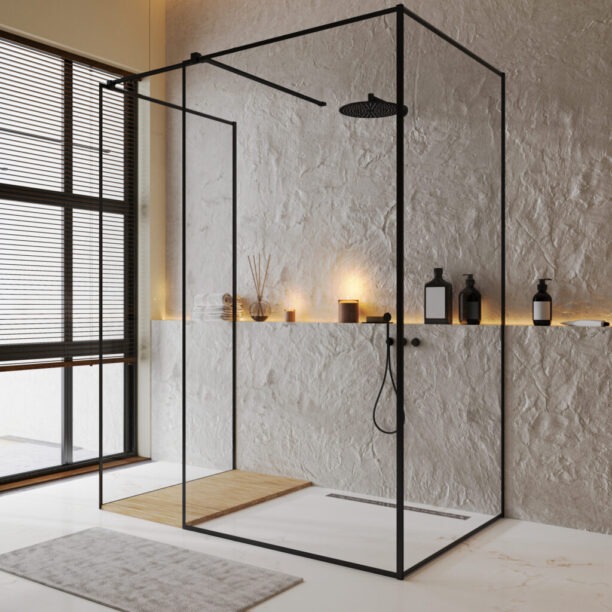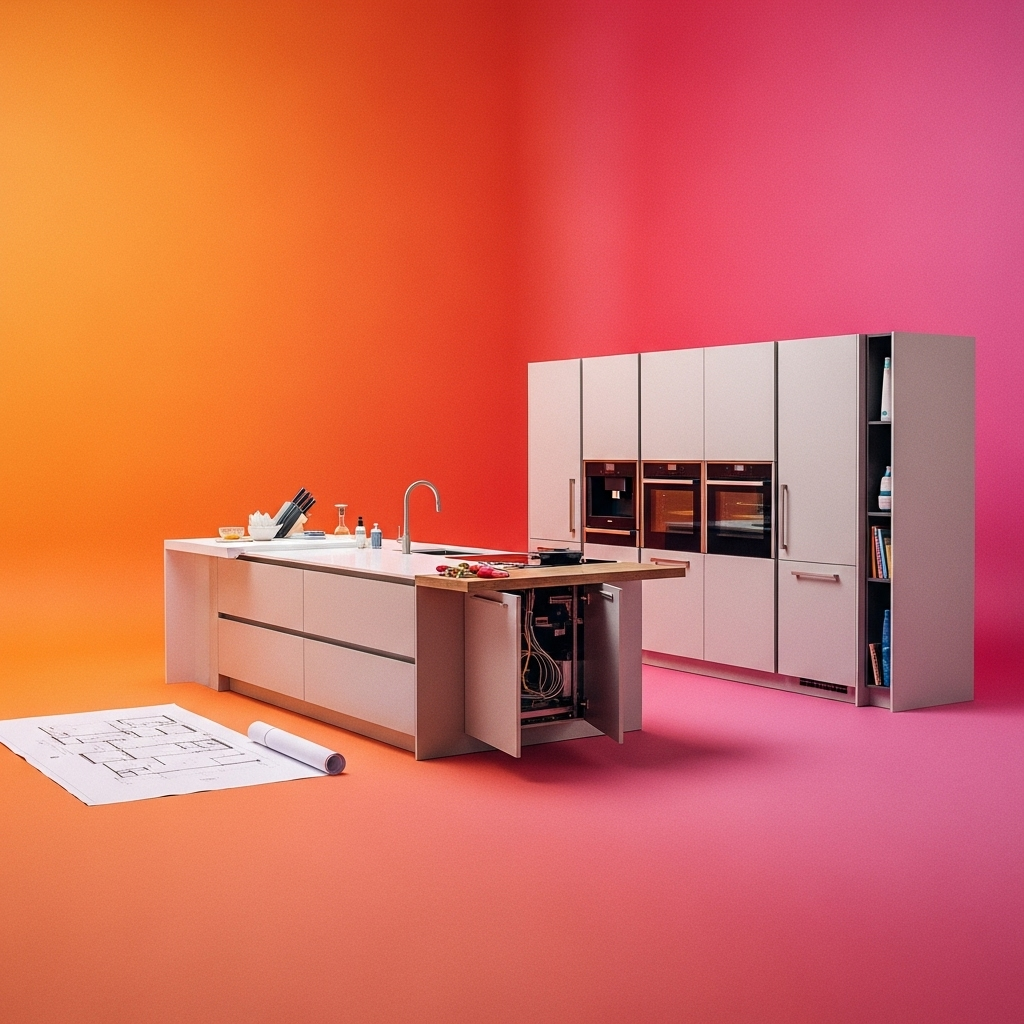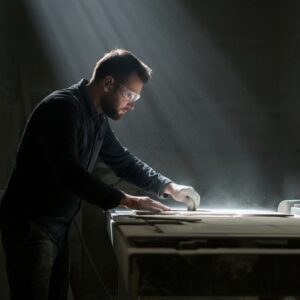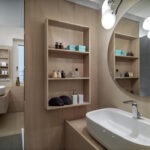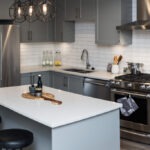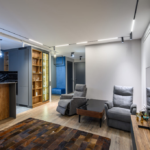When it comes to bathroom renovations, waterproofing is paramount. A poorly waterproofed bathroom is a ticking time bomb for mold, mildew, and structural damage. The unsung hero in this battle is the backer board you choose for your walls, especially in shower enclosures and areas prone to splashes. While many DIYers might be tempted to use standard drywall, specialized options like ProPanel (or similar cement/foam core backer boards) offer a vastly superior solution for long-term protection.
Let’s dive into a head-to-head comparison to understand why one reigns supreme for wet areas.
The Contenders:
- Regular Drywall (Gypsum Board): The ubiquitous interior wall material, composed of a gypsum plaster core sandwiched between paper facings.
- ProPanel (e.g., Schluter Kerdi-Board, Wedi Board, GoBoard, HardieBacker, Durock): This category encompasses various specialized backer boards. For simplicity, we’ll refer to them broadly as “ProPanel” to represent their shared waterproofing characteristics. These typically consist of:
- Cement Board: A rigid sheet made of cement, sand, and cellulose fibers. (e.g., HardieBacker, Durock).
- Foam Core Board: An extruded polystyrene foam core coated with a waterproof membrane and often a fiberglass mesh for tile adhesion. (e.g., Schluter Kerdi-Board, Wedi Board, GoBoard).
Round 1: Water Resistance and Mold Prevention
Regular Drywall:
- The Flaw: Drywall is highly susceptible to water damage. The paper facing acts like a sponge, quickly absorbing moisture. Once wet, the gypsum core can soften, crumble, and become a perfect breeding ground for mold and mildew. Even “mold-resistant” drywall only offers enhanced resistance, not true waterproofing.
- The Risk: In a bathroom, especially a shower, water penetration is inevitable over time, whether from grout lines, leaky fixtures, or even steam. Once drywall gets consistently wet, its structural integrity is compromised, leading to costly remediation.
ProPanel:
- The Champion: This is where ProPanel truly shines.
- Foam Core Boards: Are inherently waterproof. The foam core does not absorb water, and the integrated membrane provides a complete vapor barrier.
- Cement Boards: While not fully waterproof on their own, they are dimensionally stable when wet and will not degrade or promote mold growth like drywall. They must be combined with a liquid-applied waterproofing membrane (e.g., RedGard, AquaDefense) or sheet membrane (e.g., Schluter Kerdi) to achieve true waterproofing.
- The Benefit: Both types, when properly installed and sealed, create a formidable barrier against water and vapor, protecting the wall studs and preventing mold.
Round 2: Ease of Installation and Handling
Regular Drywall:
- Pros: Very easy to cut with a utility knife, lightweight, and simple to fasten with drywall screws.
- Cons: Can be fragile, particularly when wet. Requires a careful taping and mudding process for seamless finishes, which adds time and skill requirements.
ProPanel:
- Foam Core Boards:
- Pros: Extremely lightweight, easy to cut with a utility knife or saw, and can be fastened with screws and washers. Many systems integrate waterproofing directly into the board, simplifying the overall process.
- Cons: Can be more expensive upfront.
- Cement Boards:
- Pros: Very stable and rigid, providing a solid substrate for tile.
- Cons: Heavier and harder to cut than drywall or foam boards (often requiring a carbide-tipped scoring tool or circular saw). Requires pre-drilling for screws and typically a separate waterproofing step.
Round 3: Cost
Regular Drywall:
- Cheapest Upfront: Standard drywall is the most inexpensive option per sheet.
ProPanel:
- Higher Upfront: Both foam core and cement boards are significantly more expensive per sheet than regular drywall. However, this upfront cost is offset by the longevity and reduced risk of future problems. When factoring in the cost of separate waterproofing membranes required for cement board, the price difference can narrow between the “ProPanel” options.
Round 4: Tile Adhesion and Durability
Regular Drywall:
- Not Recommended for Tile: While technically you can tile directly onto drywall in low-moisture areas, it’s a huge gamble in bathrooms. The paper face can delaminate when exposed to moisture from thin-set mortar or humidity, leading to tile failure. The lack of rigidity also makes it prone to cracking under the weight of tile.
ProPanel:
- Ideal for Tile: All ProPanel options provide an excellent, rigid, and stable substrate for tile.
- Foam Core Boards: Their surface is designed for strong adhesion with thin-set mortar, and their rigidity prevents flexing that can crack grout and tiles.
- Cement Boards: Their high density and rough surface offer superb mechanical bond for thin-set, ensuring a durable and long-lasting tile installation.
The Verdict: ProPanel is the Clear Winner for Wet Areas
While regular drywall might seem like a cost-saving measure, using it in a bathroom shower or splash zone is a false economy. The potential for water damage, mold growth, and the inevitable need for costly repairs far outweighs the initial savings.
For a truly waterproof, durable, and long-lasting bathroom, investing in ProPanel (be it a foam core or properly waterproofed cement board) is non-negotiable. It provides peace of mind and protects your home from the silent destroyer that is water damage. Make the smart choice for your bathroom renovation; your future self (and your wallet) will thank you.
If you are looking to get an idea of how a finished bathroom with ProPanel might look, I can generate an image for you!
